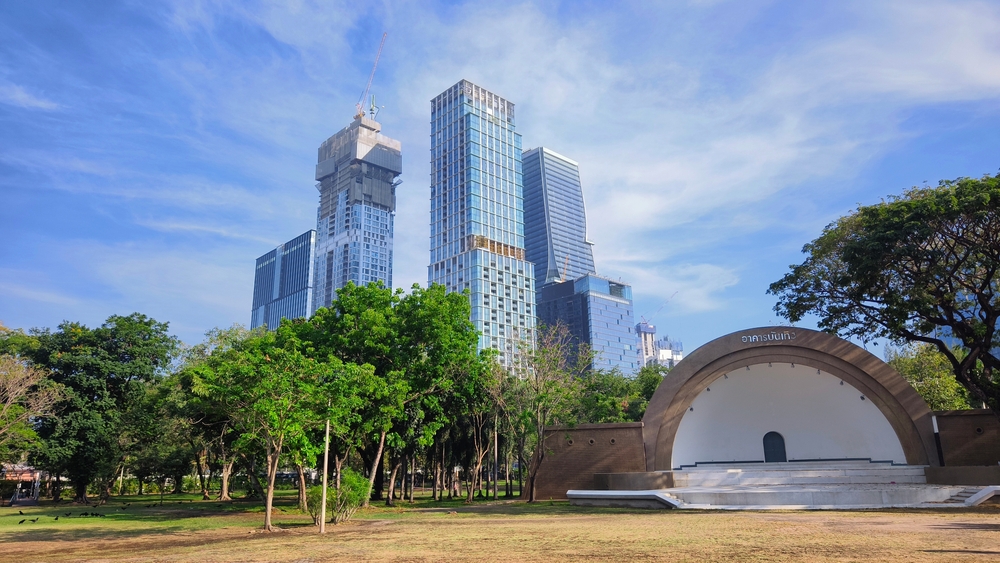

As 2025 unfolds, Asia's commercial real estate landscape is under significant pressure, influenced by the uncertainty surrounding U.S. President Donald Trump's 'America First' agenda. This uncertainty has led to divergent views on the outlook for Asia's property markets. While some analysts express concern, others remain optimistic about investment opportunities due to favorable supply and demand dynamics [80ddfe09].
Japan has been identified as the best positioned to handle external economic pressures, with Tokyo and Osaka emerging as favored destinations for investment according to the Asian Association for Investors in Non-Listed Real Estate Vehicles [80ddfe09]. A recent CBRE survey further highlights Tokyo as the top destination for cross-border investment, reflecting its resilience amidst global market fluctuations [80ddfe09].
In contrast, China's major cities are grappling with high vacancy rates, with Beijing and Shanghai reporting nearly 20% and 15% vacancies, respectively. This situation has raised concerns among financial analysts, with S&P warning of potential risks for Chinese banks due to the high levels of unoccupied commercial space [65f8fd19].
Australia's commercial real estate market is showing signs of recovery, with transaction volumes reaching AUD 11.8 billion in the second quarter of 2024, indicating a rebound in investor confidence [65f8fd19]. Meanwhile, Singapore's retail sector is thriving, buoyed by new openings, including Nike's largest store in Asia, which reflects a robust consumer market [65f8fd19].
The Philippines has also demonstrated strong economic performance, with a GDP growth rate of 6.3% in Q2 2024, further enhancing its attractiveness for real estate investment [65f8fd19]. Thailand's real estate sector is being driven by expectations surrounding electric vehicle manufacturing, indicating a shift towards sustainable industries [65f8fd19].
Conversely, Cambodia has seen a significant decline in approved development permits, down by 39%, signaling potential challenges ahead for its real estate sector [65f8fd19]. Knight Frank warns of a gradual recovery in cross-border real estate investment, suggesting that while challenges exist, opportunities remain for savvy investors [80ddfe09]. Overall, Asia's adaptability in the face of global economic pressures continues to offer diverse investment opportunities, with markets responding uniquely to local and international trends [65f8fd19].